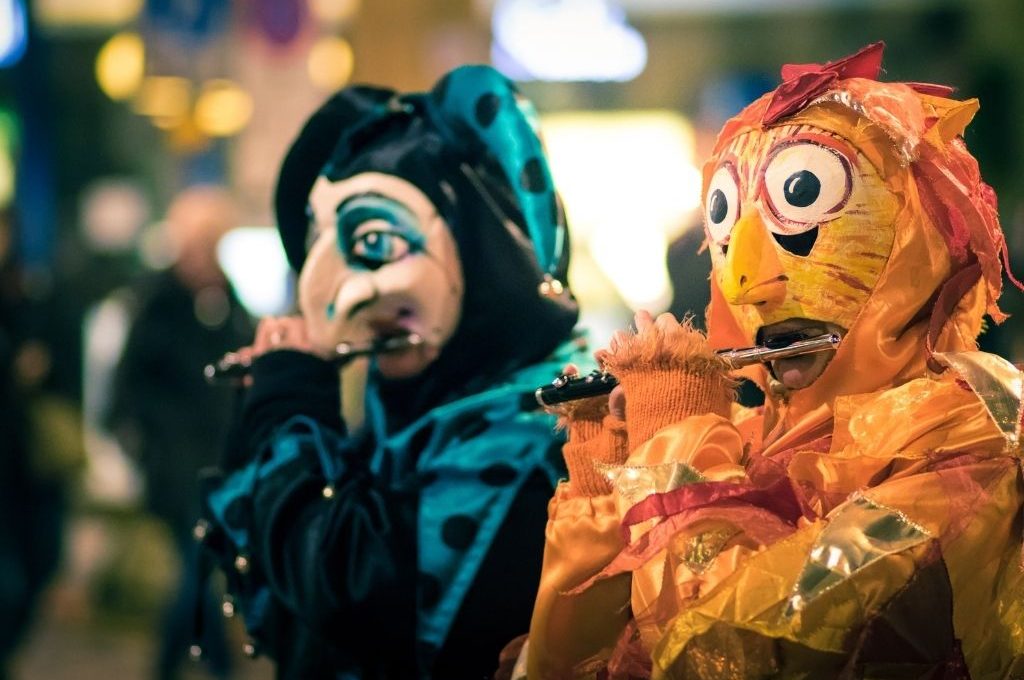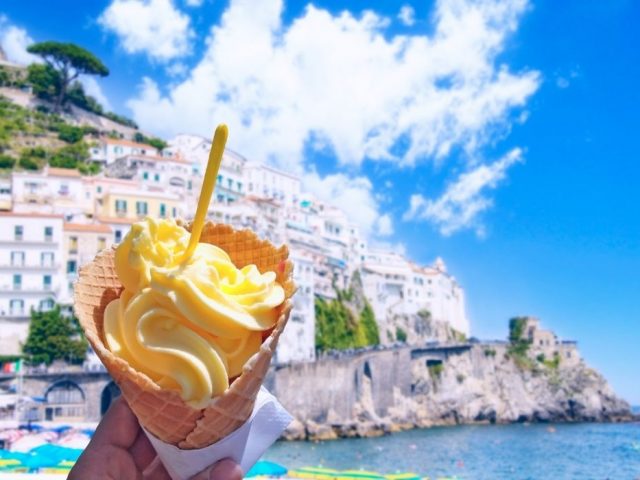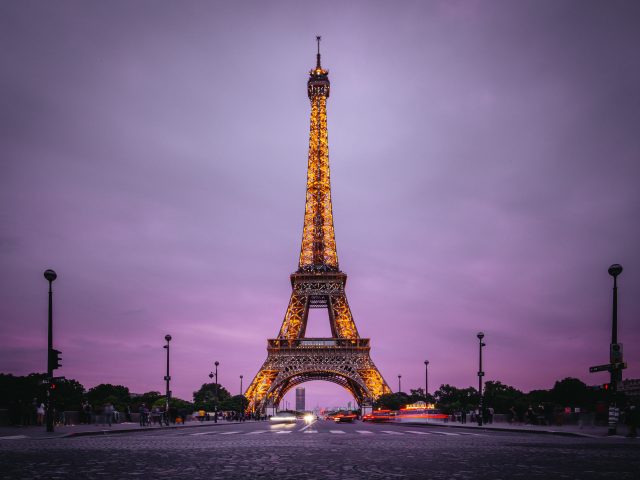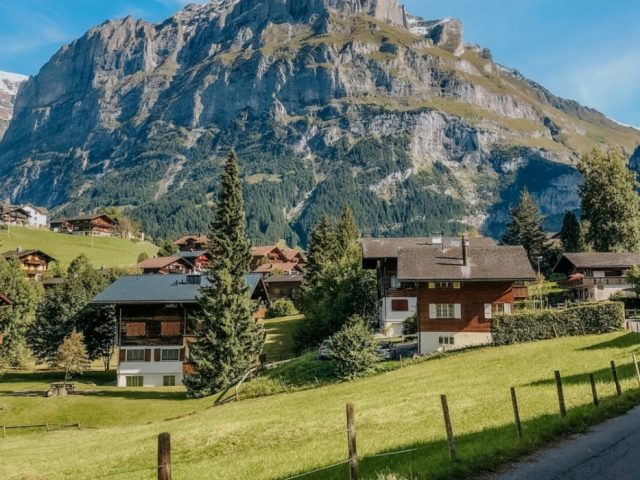Every year, the city of Basel in Switzerland comes alive with a riot of colors, music, and dancing during the world-renowned Basel Carnival. Also known as Fasnacht, the carnival is one of the most spectacular events in the Swiss cultural calendar, drawing crowds from all over the world. In this blog post, we will explore the history and significance of the Basel Carnival and delve into the vibrant costumes that make the carnival a visual feast.
🛎️ Reminder: To explore the Basel Carnival with your digital tour guide, don’t forget to download Piri Guide! 😊
How to Go to Basel?
Basel is served by EuroAirport Basel-Mulhouse-Freiburg, which is located about 6 km northwest of the city center. The airport is a hub for several airlines, including EasyJet, Swiss International Airlines, and Ryanair. From the airport, you can take a bus, tram or taxi to reach the city center. The journey takes around 20-30 minutes, depending on the mode of transportation.
Basel has three major train stations: Basel SBB, Basel Badischer Bahnhof, and Basel St. Johann. Basel SBB is the largest train station and serves international and domestic trains. The station is connected to major cities in Switzerland and Europe, including Zurich, Bern, Paris, and Frankfurt. Basel is also connected to the rest of Switzerland by a network of regional trains. Trains in Switzerland are frequent and reliable, and it’s an excellent option for traveling to Basel.
When is the Basel Carnival Held?
The Basel Carnival is held every year in the week leading up to Ash Wednesday, which marks the start of the Christian season of Lent. The carnival begins on the Monday following Ash Wednesday and lasts for three days. The exact dates of the carnival vary each year, depending on when Easter falls.
What to Eat in the Basel Carnival?
You have sooo many options but let’s list some of them:
- Mehlsuppe: This is a flour soup that is made with onions, butter, flour, and milk. It is often served as a breakfast dish during the carnival.
- Basler Leckerli: These are traditional gingerbread cookies that are made with honey, almonds, and spices. They are often sold in local bakeries during the carnival.
- Fasnachtskiechli: These are deep-fried pastries that are shaped like knots or bows. They are typically served with powdered sugar on top.
- Wurst: You can find various types of sausages (wurst) at the carnival. Some popular ones include bratwurst, cervelat, and fleischwurst.
- Käsewähe: This is a Swiss-style cheese quiche that is made with Gruyere cheese, eggs, and cream. It is often served as a savory snack during the carnival.
- Basler Mehlsuppe: This is another type of flour soup that is made with beef broth, onions, flour, and cheese. It is a heartier version of the Mehlsuppe and is often served for lunch or dinner.
Brief History of Fasnacht
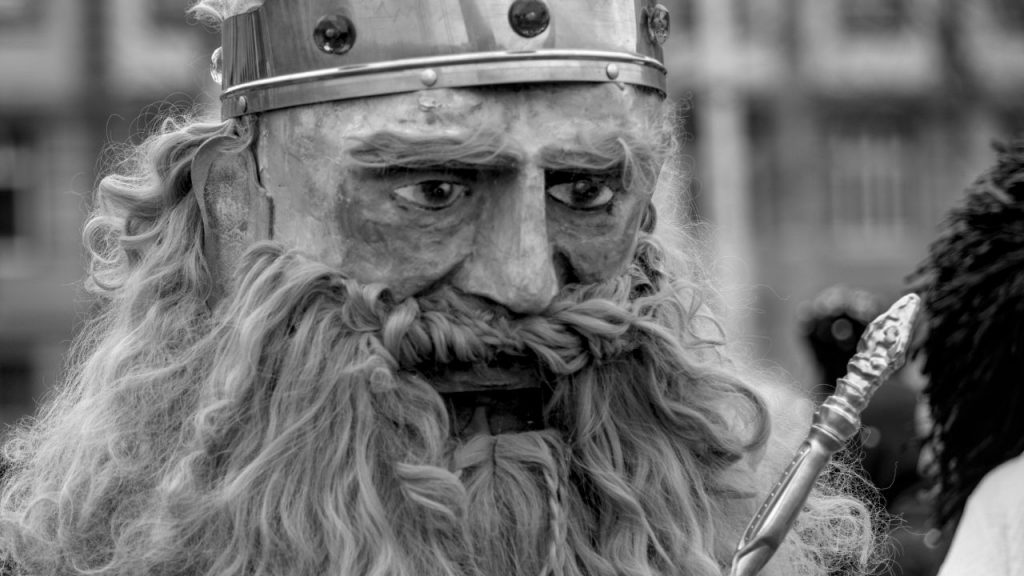
We’ve talked about the history of Fasnacht. Yet, we should remind you that you can find more on Piri Guide mobile app. Piri Guide detects your location, offers you the best travel routes, and starts telling you the hidden stories of wherever you are. All you have to do is to get your headphones or earbuds and follow the path at your own pace. Then, don’t set out for your trip before downloading the digital travel guide! 😊
The Origin of the Carnival
The origins of the Basel Carnival date back to the 14th century when the city’s guilds began celebrating the end of winter and the start of spring. The carnival was a way to ward off the evil spirits of winter and usher in the new season. However, the carnival as we know it today has evolved over the centuries and has been influenced by various cultural and historical events.
One of the significant changes occurred in the 19th century when the Swiss government banned political demonstrations and gatherings. In response, the people of Basel began using the carnival as a way to express their political views and social commentary. The carnival became a way for the people to express their opinions and to make fun of those in power.
Another important aspect of the Basel Carnival is the Gugge music. Gugge music is a type of carnival music played by brass bands, and it has become an integral part of the carnival tradition in Basel. The Gugge music adds to the festive atmosphere of the carnival and is played throughout the city during the carnival period.
Why is Fasnacht Important?
The Basel Carnival is a unique celebration of tradition and festivity that has been a part of Swiss culture for centuries. The carnival’s history and evolution reflect the changing cultural and political landscape of Switzerland, and the elaborate costumes are a testament to the creativity and imagination of the carnival participants.
The Basel Carnival is not just a celebration for the people of Basel but also a way to share their cultural heritage with the world. The carnival draws visitors from all over the world who come to experience the vibrant atmosphere and colorful costumes. If you are planning to visit Switzerland, then the Basel Carnival is an event not to be missed. It is a celebration of life, creativity, and joy that will leave a lasting impression on anyone who experiences it.
Traditional Costumes
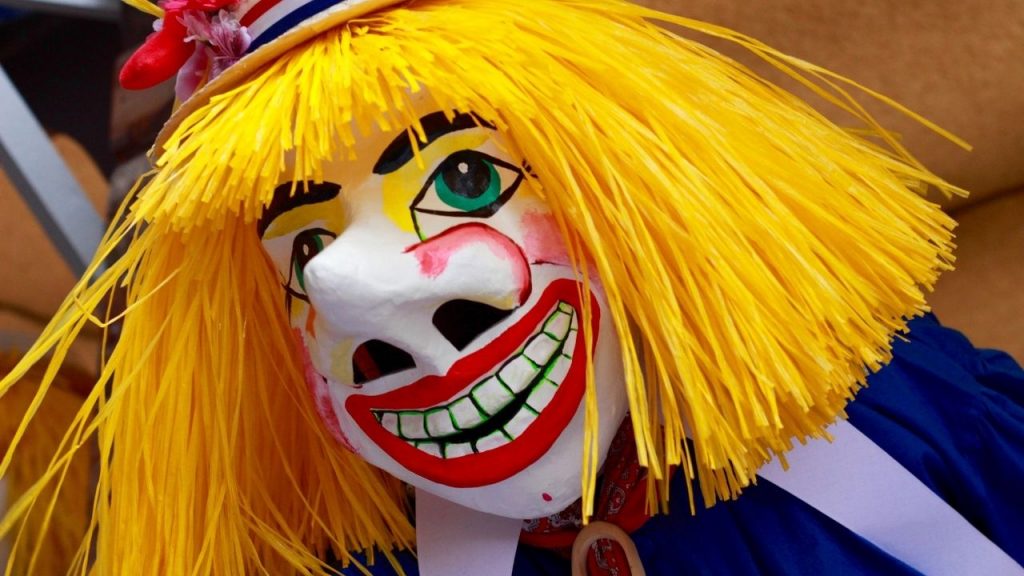
The Basel Carnival is known for its elaborate costumes. They are an essential part of the carnival tradition. The costumes are worn by carnival participants, who range from children to adults, and are often handcrafted with intricate details and vibrant colors.
One of the most distinctive features of the Basel Carnival costumes is the masks that are worn by many of the participants. The masks are usually made of wood or papier-mâché and have bright colors. The participants adorn them with feathers, ribbons, and other decorations. The masks are often grotesque or humorous and hide the identity of the wearer. Another point is that these masks you will encounter during the festival have the name “Larve”.
Basel Carnival costumes also feature elaborate robes, hats, and other accessories. The costumes are often themed, with participants dressing up as characters from history, literature, or popular culture. The costumes are a way for the participants to express their creativity and imagination and to immerse themselves in the carnival spirit.
Since you are here, don’t forget to check out The Great Pyramid of Giza: A Door to the Ancients! 😊

